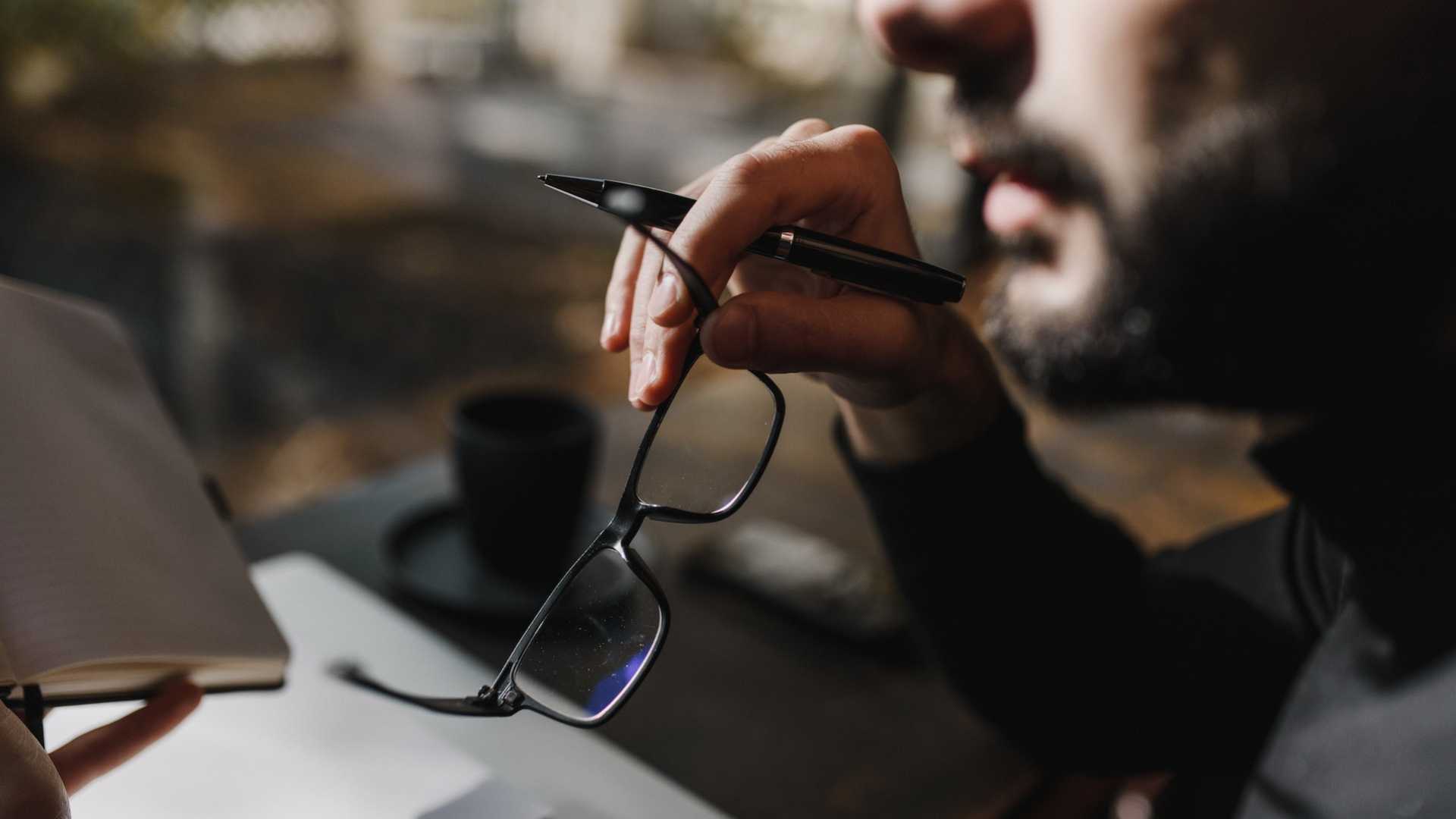Writing an academic paper involves a lot of research and dedication. However, with the sheer volume of information available, it's easy to fall into the trap of self-plagiarism. Self-plagiarism occurs when an author uses excerpts from previous texts in a new production, without properly citing the source or without making significant changes. This is considered an ethical violation and can have serious consequences for the author's academic reputation. Therefore, it is important to know how to detect and avoid self-plagiarism.
By Plagium TeamPlagiarism, Plagium
How to detect self-plagiarism in academic texts and works
Neste artigo, vamos explicar o que é o autoplágio, por que é um problema e como detectá-lo usando o Plagium, um eficiente detector de plágio. Leia agora e proteja sua reputação acadêmica!
What is self-plagiarism?
Self-plagiarism occurs when an author uses excerpts from previous texts in a new production, without properly citing the source or without making significant changes. This is different from plagiarism, which involves the misuse of excerpts from other works without attribution of credit. Self-plagiarism can be intentional or accidental, but in either case it is considered an ethical violation.
There are different types of self-plagiarism, which vary in their severity and level of acceptability in the academic world. A common example of self-plagiarism is the use of a previous text in a new publication, without making substantial changes or without citing the original source. This may be acceptable in some cases, such as in review articles or in works that aim to deepen a certain idea. However, in other situations, self-plagiarism is considered inappropriate and may lead to disciplinary sanctions.
Below, we will present some examples of self-plagiarism so that you can better understand what it is and how to avoid it.
How to detect self-plagiarism?
Detecting self-plagiarism can be a challenge, as it involves comparing a current text with previous productions by the same author. However, there are some techniques that can help identify whether a text contains self-plagiarism.
One of the simplest ways to detect self-plagiarism is to compare the current text with the original. This can be done using a plagiarism checker such as Plagium, which allows you to compare a text with other productions on the internet or with your own previous work. Plagium is an efficient and easy-to-use tool that can help you identify if there are identical or very similar passages in different productions.
Another technique for detecting self-plagiarism is to analyze the style and tone of the text. If the style and tone of the current text is very similar to that of a previous production, this could be a sign of self-plagiarism. Also, pay attention to excerpts that have not been changed or that were copied entirely from a previous production.
Finally, it is important to always properly cite sources and make significant changes to passages that were previously used. This way, you can avoid self-plagiarism and protect your academic reputation.
How to avoid self-plagiarism?
Avoiding self-plagiarism is an important task for any author wishing to maintain their academic integrity. Some helpful tips for avoiding self-plagiarism include:
- Make Significant Text Changes: Whenever you reuse excerpts from a previous production, make significant changes to make them different enough to be considered a new production.
- Properly citing sources: Whenever you use excerpts from a previous production, be sure to properly cite sources, following the citation norms of your field of study.
- Use a plagiarism detector: Use a plagiarism detector, such as Plagium, to compare your current text with your own previous productions and with other productions on the internet. That way, you can identify any passages that could be considered self-plagiarism and make the necessary changes.
- Consult your advisor or professor: If you have questions about what is considered self-plagiarism in your field of study, consult your advisor or professor for additional guidance.
By following these simple tips, you can avoid self-plagiarism and protect your academic reputation.
Why use Plagium?
Plagium is a plagiarism checking platform that offers several advantages over other tools available on the market. Some of these advantages include:
- Self-plagiarism check: Plagium is capable of detecting the similarity between your current text and your own previous productions, which is an important feature to avoid self-plagiarism.
- Real-Time Scanning: Plagium is capable of performing real-time scans, which means you can get accurate and reliable results within minutes.
- Multi-Language Checking: Plagium supports multiple languages, which means you can use it to check the similarity of texts in different languages.
- User-Friendly Interface: Plagium has a simple and user-friendly interface, which makes plagiarism checking a quick and easy task.
- Affordable pricing: Plagium is priced competitively with other tools available on the market, making it an affordable option for students and researchers.
By using Plagium to check similarity in your academic papers, you can be confident that you are following best practices regarding academic integrity and avoiding plagiarism. Furthermore, the platform is easy to use and offers affordable prices, making it an ideal option for students and researchers of all levels.
How to use Plagium to detect self-plagiarism
Using Plagium to detect self-plagiarism in your work is easy and simple. Follow these simple steps:
Step 1: Access the Plagium website at https://www.plagium.com/en/plagio-detector.
Step 2: Select the "Check Text" option in the "Plagiarism Detector" section.
Step 3: Paste the text you want to verify in the text box and click the "Verify" button.
Step 4: Plagium will analyze the text and provide a detailed similarity report, including information on any detected self-plagiarism.
Step 5: Review the report carefully and proofread your work to avoid any kind of plagiarism.
Using Plagium to detect self-plagiarism in your work is an easy and effective way to ensure the originality and integrity of your scholarly work. Be sure to give this tool a try and see how it can help you avoid problems with plagiarism.
Conclusion
Detecting and preventing plagiarism in academic work is essential to maintain academic integrity and ensure respect for ethical standards and conduct. Self-plagiarism is a form of plagiarism that can go unnoticed but can have serious consequences.
Fortunately, there are effective tools available like Plagium that can help detect and prevent self-plagiarism. Using Plagium is easy and convenient, and it can help ensure the originality and quality of your academic work.
Don't risk having your academic reputation damaged by plagiarism practices. Use Plagium to ensure the originality of your work and to avoid problems with plagiarism. Always remember to properly cite your sources and carefully proofread your work to avoid any kind of plagiarism.
We hope this article was useful and informative for you. If you have any questions or suggestions, please don't hesitate to contact us. Thanks for reading and good luck with your academic work!
Related Posts
Recent posts
- How to detect plagiarism in group and collaborative work?
- How does Plagium compare to other plagiarism detection tools?
- The ethics of plagiarism: why is originality important?
- The limitations of plagiarism detection tools and the importance of manual review
- The importance of originality in academic texts and works






